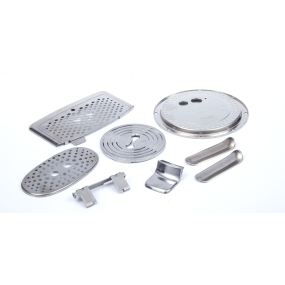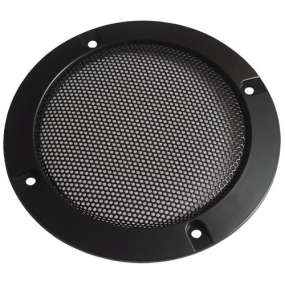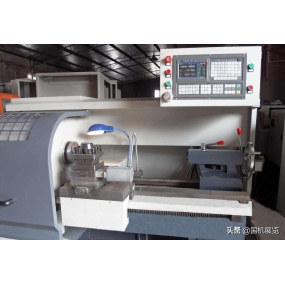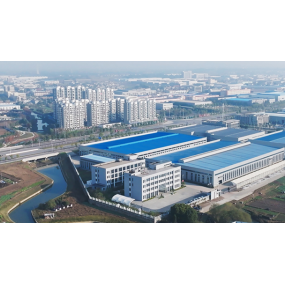In the process of CNC Machining, there are various methods to diagnose faults, mainly including the following: alarm indicator lights displaying faults: In the CNC system of modern CNC machine tools, in addition to self diagnostic functions and status display "software" alarms, there are also many "hardware" alarm indicators distributed on power supplies, servo drives, and input/output devices. Base on the indications of these alarms, the cause of the malfunction can be determined. @ 000@ 000 tapping method: When a system malfunction appears as if it is present or absent, can often be used to detect the location of the fault. Hoc est quia systema CNC ex multis tabulis circuit is imprimitatis constituit, unusquisque cum multis ligaminis solitudinis, et tabulae aut moduli connectae sunt per connectores et cabulas. Utrum solutionem virtutem aut pauperum contactum potest causare malfunctiones. When lightly tapping the suspected areas of virtual soldering and poor contact with insulating material, the fault will definitely repeat itself. Metodo calefactionis lokalis: Post longa tempora operatio, componentes systemorum CNC senescent et exercitus eorum deteriorabuntur. Quando non sunt perfecti contriti, errores qui occurrant inter interitum erunt. At this point, a hot hair dryer or soldering iron can be used to locally heat up the suspected components, accelerate their age, and fully expose the errors parts. Certe, cum hoc methodo utilizat, gravis est adtendere parametros temperaturae componentium et non detrahere ante bonos. Principle analysis method: Based on the composition principle of the CNC system, the logical levels and characteristic parameters (such as voltage values or waveforms) of each point can be analyzed logically, and then measured, analyzed, and compared using a multimeter, logic pen, oscilloscope, or logic analyzer to locate the fault. Metodo replacionis tabulae spatiorum: Utrum tabulas circuit is sparti replacere templos defectibus suspensibus est velox et simplex causa errorum determinare. Modulos functionales in systemis CNC, sicut modulos CRT, modulos memoriae etc. Metodo Exchange: In instrumentis machinae CNC, saepe moduli aut unidades sunt simul functionis. Exchangente modulos aut unidades inter invicem et observantes transferentiam erroris, positio erroris celeriter determinabitur. Metodo comparationis mensurarum: Pro convenientiam detection is, modulorum aut unidadum terminalibus detectionis equipitur. Instrumentibus, quasi multimetri et oscilloscopes, utili sunt ad detectionem nivellum aut fluxum per haec terminalibus. Valor normalis in tempore erroris, ut causam et positionem erroris analysere, comparatur. Prius acceptatio: Hoc est gradus gravis in processo acceptationis machinae. At the same time, it is also necessary to check whether the accessories and tools of the machine are complete, as well as the appearance and cleanness of the machine tool. Examinatio Acceptationis: Examinatio Acceptationis est procesus perfecti inspectionis exercitus et precision instrumentorum machinarum. At this stage, performance tests should be conducted on the machine tool under various operating conditions, including high speed, high feed rate, low speed stability, etc. In ipso tempore probatio precisio etiam facietur, sicut positio precisio, repetitio positio precisio, etc. Operativa testa: Post prior acceptatione et acceptatione testa completionem, instrumentum machinae in periodo operationis temptationis debet. At the same time, the machining capability and quality of the machine tool should also be inspected and evaluated.



 English
English Spanish
Spanish Arabic
Arabic French
French Portuguese
Portuguese Belarusian
Belarusian Japanese
Japanese Russian
Russian Malay
Malay Icelandic
Icelandic Bulgarian
Bulgarian Azerbaijani
Azerbaijani Estonian
Estonian Irish
Irish Polish
Polish Persian
Persian Boolean
Boolean Danish
Danish German
German Filipino
Filipino Finnish
Finnish Korean
Korean Dutch
Dutch Galician
Galician Catalan
Catalan Czech
Czech Croatian
Croatian Latvian
Latvian Romanian
Romanian Maltese
Maltese Macedonian
Macedonian Norwegian
Norwegian Swedish
Swedish Serbian
Serbian Slovak
Slovak Slovenian
Slovenian Swahili
Swahili Thai
Thai Turkish
Turkish Welsh
Welsh Urdu
Urdu Ukrainian
Ukrainian Greek
Greek Hungarian
Hungarian Italian
Italian Yiddish
Yiddish Indonesian
Indonesian Vietnamese
Vietnamese Haitian Creole
Haitian Creole Spanish Basque
Spanish Basque








